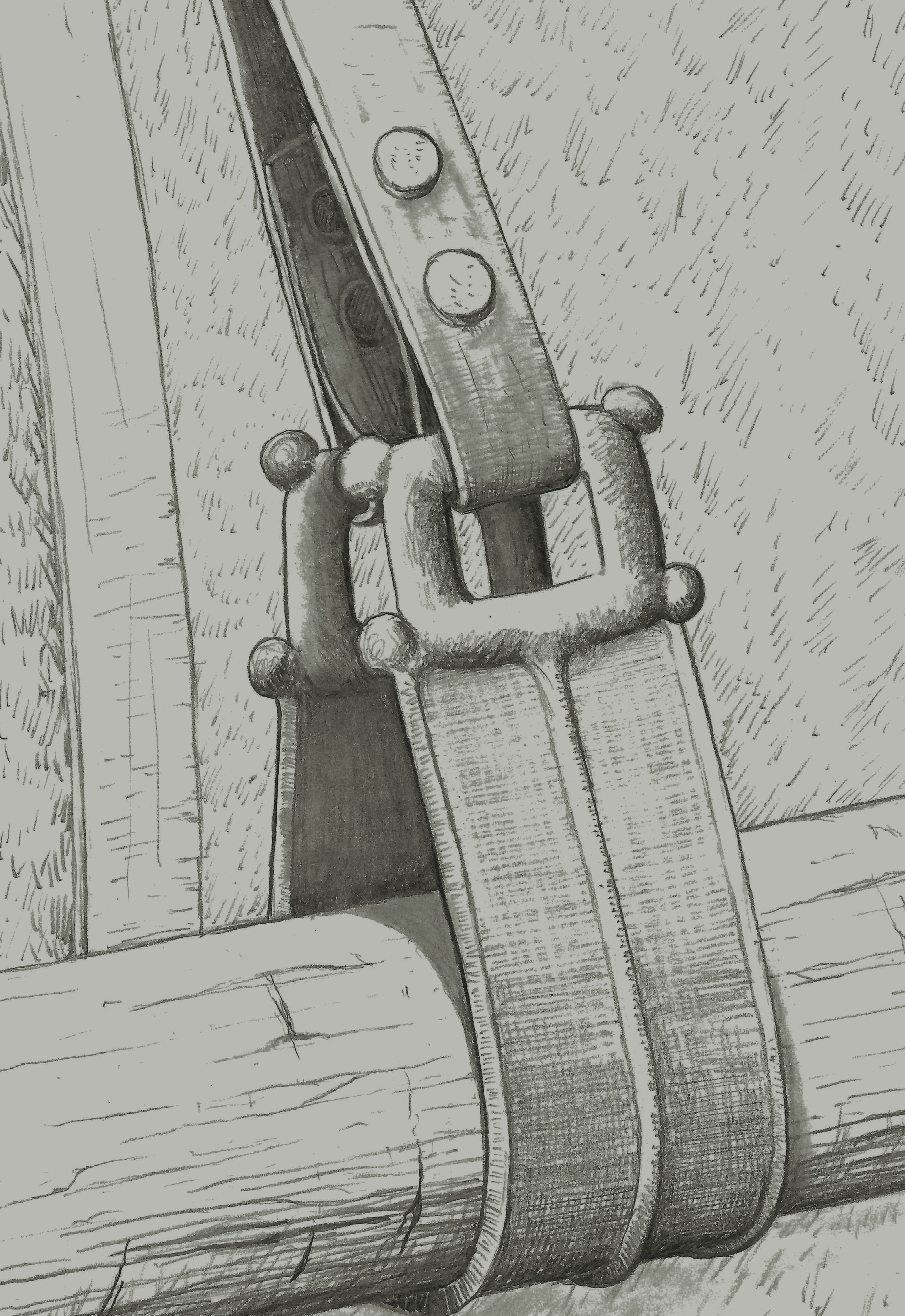Staffe e calessi nell’Orientalizzante etrusco
Osservazioni e alcune ipotesi
https://doi.org/10.34780/5ia6-c96t
Abstract
During the first half of the 7th century BC, two pairs of U-shaped bronze brackets, both decorated, have been documented in Etruria, at Vetulonia and Roselle. The brackets have been found in two rich graves in which the presence of a cart can be reconstructed. The appearance and technical characteristics of these exemplars lead one to doubt their function as a support for the rotating axle of a vehicle. Considerations on the possible use of the brackets and some comparisons allow one to hypothesise a use as a support of bars; they would thus be elements referable to a single-pull cart equipped with side bars. The absence of iconographic evidence in Etruria leaves the question open, relegating the possible presence of this vehicle to an episodic attempt, later abandoned in favour of the more solid and representative double-pulling system.
Schlagwörter:
Etruscans, Wags , Chariots, Brackets, Orientalizing





